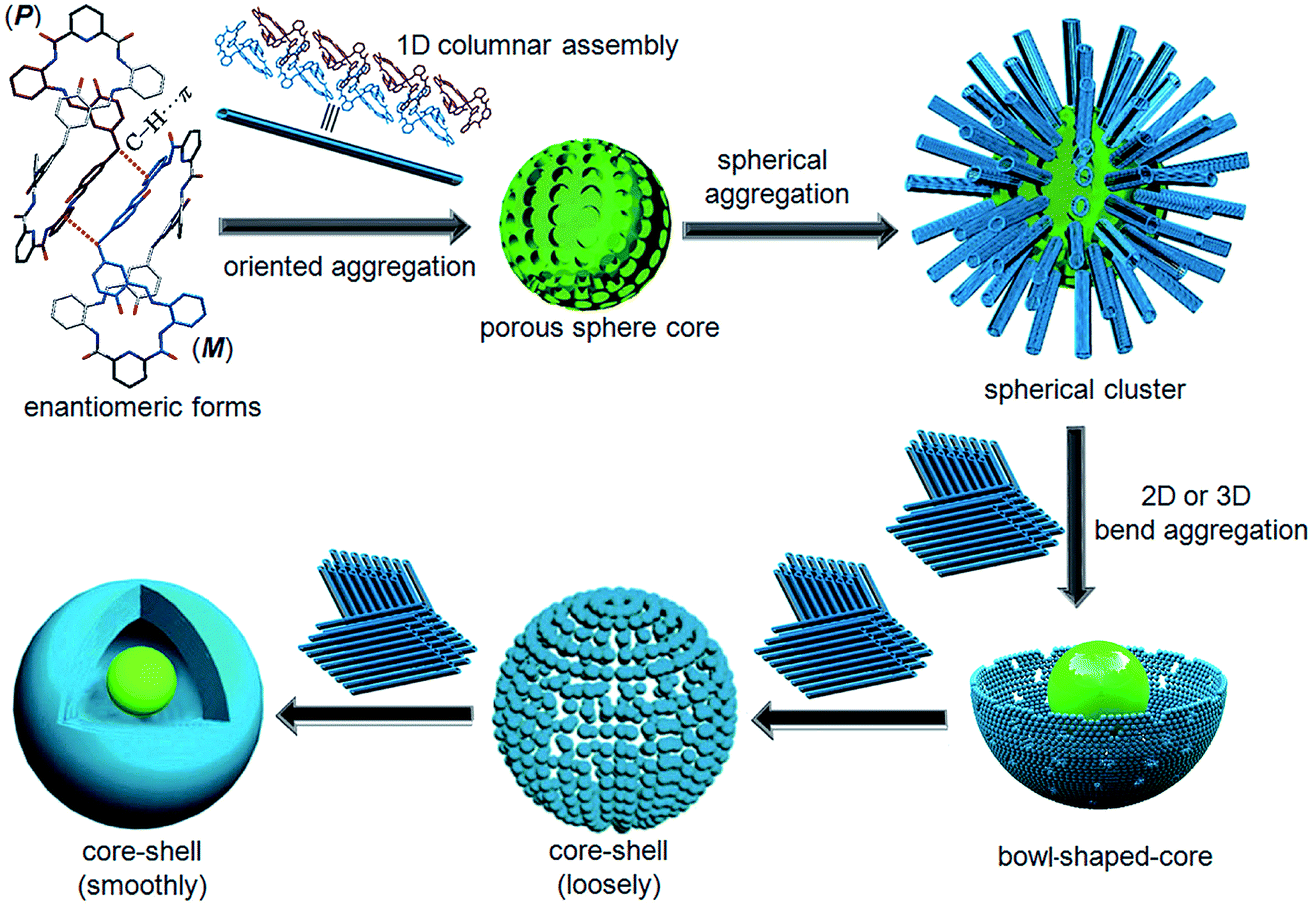

After 30 min of stirring, 10 mL of 1.2 M sodium acetate solution in EG was added to the previous mixture under vigorous stirring. The solution was added to 40 mL of EG in a three-necked round bottom flask under Ar atmosphere under magnetic agitation.

In a typical synthesis process, first a 0.6-M solution of FeCl 3 in EG was prepared by dissolving 1.6211 g of FeCl 3♶H 2O in 10 mL of EG. Magnetite nanoparticles were synthesized through EG mediated solvothermal process following the procedure we reported earlier. Synthesis of Magnetite (Fe 3O 4) Nanoparticles All the chemicals were of analytical grade and used without further purification. Ethylene glycol (EG, C 2H 6O 2, 99.7 %) was purchased from J. Finally, we tested the cytotoxicity of nanostructures to check their biocompatibility with the human body.įerric chloride hexahydrate (FeCl 3♶H 2O, 97 %), anhydrous sodium acetate (NaAc) (CH 3COONa, 99.9 %), tetraethylorthosilicate (TEOS), cetyltrimethylammonium bromide (CTAB), glacial acetic acid, and ibuprofen were obtained from Sigma-Aldrich, St. The drug-holding and -releasing capacity of the nanostructures have been studied using ibuprofen as a model drug. The structure, morphology, and texture characteristics of the nanostructures have been studied using SEM, TEM, and nitrogen adsorption–desorption techniques. In this work, we report the synthesis of magnetite core meso-silica shell composite nanoparticles of different shell thicknesses using hydrothermal and sol–gel techniques. However, the sizes of their nanoparticles are not perfectly suitable for targeted drug delivery, as nanoparticles below 300 nm are desired for this application. have developed Fe 3O 2 composite nanoparticles with average size of about 400 nm, with good (about 95 % in 85 hours) drug (ibuprofen)-releasing properties, Xu and collaborators fabricated hollow Fe 3O 2 spheres of about 900 nm average size with high drug (aspirin) loading and sustained drug-releasing capacity. Magnetite nanoparticles covered with meso-silica shells (Fe 3O 2) have been seen to be the most promising material, fulfilling most of the abovementioned criteria for applying them as vehicles for delivering special drugs at specific sites of human body. Therefore, it is necessary to functionalize such mesostructures in a special way to achieve the objectives. However, the problem arises when we need to bring the drug to a specific site using meso-silica as vehicle. Frequently, mesoporous silica (meso-silica) has been utilized as vehicle for the delivery of special drugs due its good biocompatibility in human body and high specific surface area (high drug loading capacity). Therefore, it is necessary to functionalize magnetite nanoparticles modifying their surface characteristics or cover them properly by another biocompatible material to avoid these disadvantages. On the other hand, reticuloendothelial system (RES) of human body takes up bigger (>300 nm) magnetite nanoparticles from circulatory blood more quickly than smaller sizes. Moreover, in biological media, they can be easily oxidized to form other phases. However, when magnetite nanoparticles are naked, they get agglomerated due to high magnetic interaction and high surface area. When the magnetite is synthesized at nanoscale, its magnetic properties change from ferromagnetic to superparamagnetic, extending its application to biomedicine. In this regard, magnetite has been the most studied material, especially as T2 contrast agent in MRI due to its biocompatibility and adequate magnetic properties. For targeted drug delivery applications, one of the main challenges is to develop nanostructures that can be loaded with special drug and can be transported to certain specific location of the body in a simple manner. In recent decades, nanotechnology has made great strides in the design of new materials, with distinct characteristics and functionalities suitable for applications in specific areas such as in biomedicine, targeted drug delivery, and photodegradation of environmental pollutants.


 0 kommentar(er)
0 kommentar(er)
